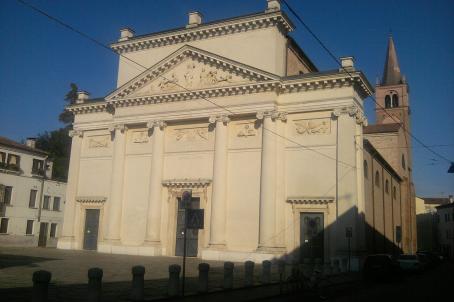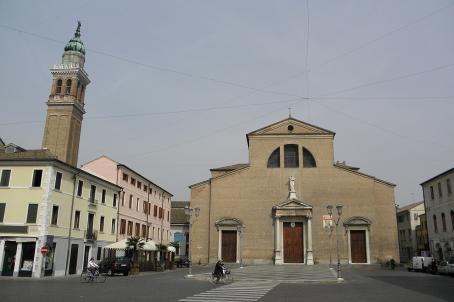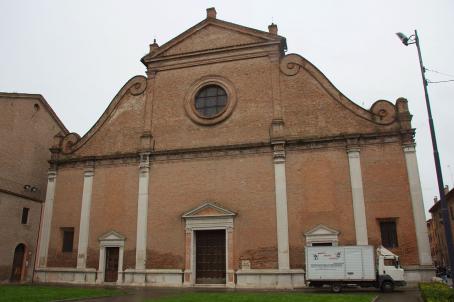Duomo di Rovigo

The cathedral of Rovigo was built from 1696 to 1791 on top of an old church from the 11th century. In 1711, the demolition of the old cathedral was completed and in 1729, only the dome and the façade were missing. The dome was not completed until 1791 by Giacomo Quaglia da Tresto. The facade was to be built much further forward than the previous one, so that the new building would be located close to the baptistery, which made the traffic between the Porta Arquà and the square uncomfortable. The demolition of the baptistery, already planned, was completed in 1737. However, a solution for the façade was never found. In fact, the only interventions on the façade were limited to the portal, built in 1833.





